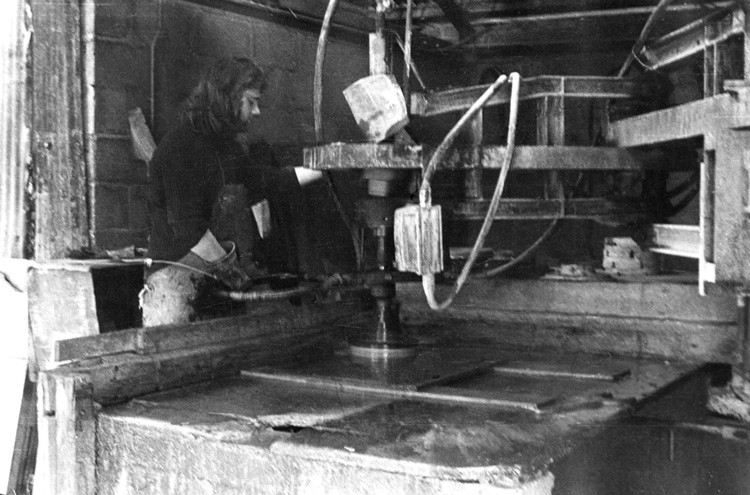Armourstone | Detailed Explanation
Armourstone refers to large boulder blocks used to protect civil engineering structures. Single-sized, or more often, widespread (rip-rap) large-scale rocks are used to protect the upstream face of dams against wave action.
They are also used in the construction of river training schemes, in the river bank and bed protectionwww.EasyEngineering.net and stabilization, as well as in the prevention of scour around bridge piers.
 Armourstone is used in coastal engineering for the construction of rubble mound breakwaters, for revetment covering embankments, for the protection of sea walls, and for rubble rock groins. Indeed, breakwaters and sea defenses represent a major use of armourstone.
Armourstone is used in coastal engineering for the construction of rubble mound breakwaters, for revetment covering embankments, for the protection of sea walls, and for rubble rock groins. Indeed, breakwaters and sea defenses represent a major use of armourstone.
Because construction is the most invasive marine environment to occur, the Armorstone must be stable against wave action, whereby block size and density are all important (Fuchs and Poole, 1981). Shapes are also important because it affects how the blocks lock into each other.
In addition, Armorstone can withstand rapid and drastic changes in hydraulic pressure, alternating wet and drying, thermal changes, wave and sand / gravel impact and erosion, and salt and solution damage.
As a result, the size, range, shape, density, water absorption, corrosion resistance, impact resistance, strength, and durability of the stone material used for the Armorstone should be considered in the design phase of a particular project.
Hence, the selection of a suitable source of rock for armourstone requires an inspection and evaluation of the quarry or quarries concerned, as well as an assessment of the quality of the intact and processed stone (Latham, 1998). Moreover, the thickness of the protective layer and the need for a granular filter or geotextile beneath it depends on the design application, as well as the geotechnical and hydraulic conditions at the site (Thorne et al., 1995).
Usually, armourstone is specified by weight, a median weight of between 1 and 10 tonnes normally being required (Latham et al., 2006). Blocks up to 20 tonnes, however, may be required for breakwaters that will be subjected to large waves.
The median weight of secondary armourstone and underlayer rock material may range upwards from 0.1 tonnes. In the case of rip-rap used for revetment and riverbank protection, the weight of the blocks required is usually less than 1.0 tonne and may grade down to 0.05 tonne. The size of blocks that can be produced at a quarry depends on the incidence of discontinuities and, to a lesser extent, on the method of extraction.
Detailed discontinuity surveys can provide the data needed to determine the size and shape of an in situ block. The location of the Armorstone in breakwater is an important factor to consider when evaluating the durability of the rock.
Rock durability concerns its resistance to chemical decay and mechanical disintegration, including a reduction in size and change of shape, during its working life.
Also Watch:
The intrinsic properties of rock such as mineralogy, fabric, grain size, grain interlock, porosity, and in the case of sedimentary rocks, the type and amount of cementation, all affect its resistance to breakdown.
In addition, the amount of damage to Armorstone is affected by the action it renders. For example, the damage caused by the armor used in breakwaters depends on the type of wave (plunge or break), their height, duration and duration (mainly in storm conditions) and the slope and permeability of the structure. Other.
Abrasion due to wave action is the principal reason for the reduction in the size of blocks of armourstone used in breakwaters, as well as in rounding their shape.
Also Read: Types Of Lime Stone
